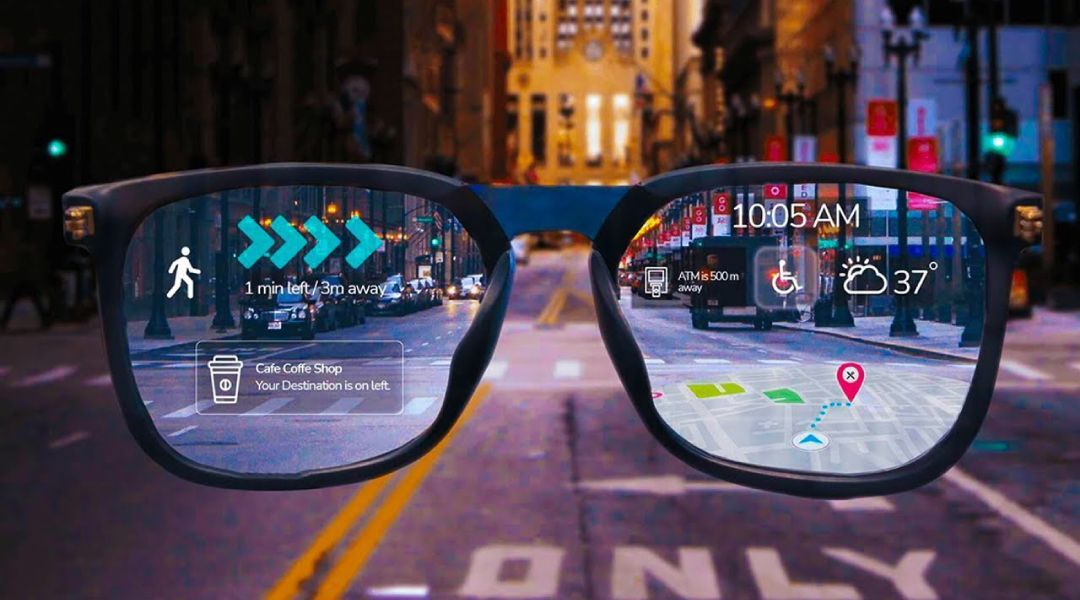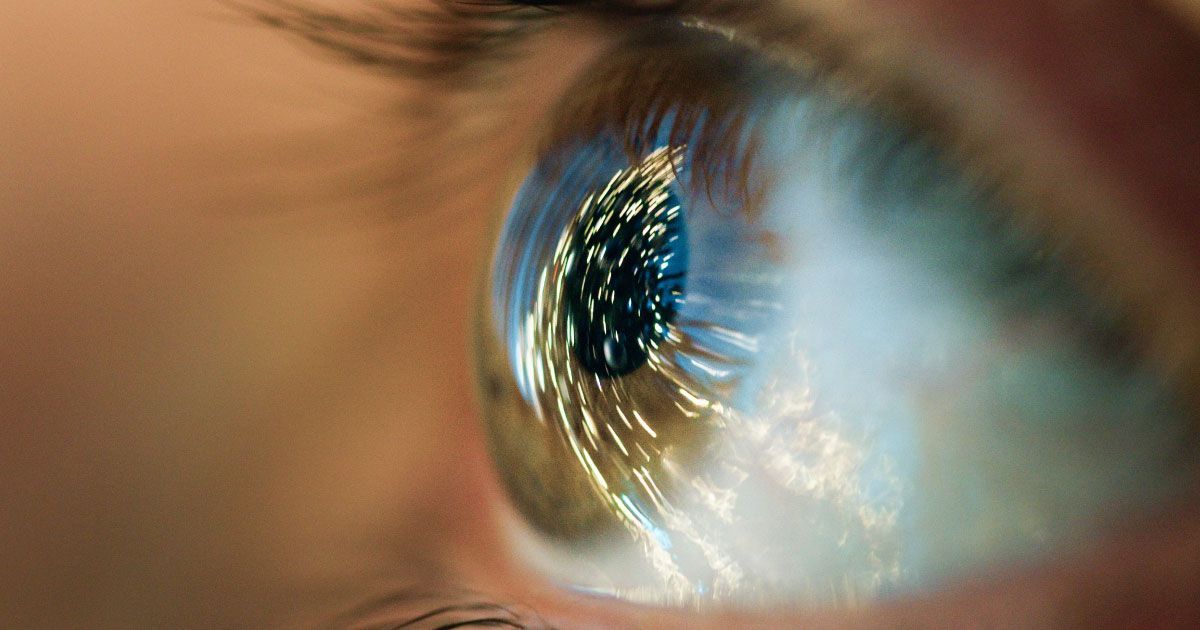Smart Glasses and Headsets: Revolutionizing the Way We See and Interact with the World

Read time: 5 minutes
Technology is constantly evolving pushing the boundaries of what's possible and redefining our interactions with the world around us. Virtual reality (VR) and augmented reality (AR) have emerged as game-changers, providing immersive experiences that seamlessly blend the digital and physical realms. At the forefront of this technological revolution are VR/AR smart glasses and headsets, poised to transform the way we see, learn, and connect.
What are VR/AR Smart Glasses and Headsets?
VR/AR smart glasses and headsets are wearable devices that provide users with immersive experiences by overlaying digital information onto the real world (augmented reality) or creating a completely simulated environment (virtual reality). VR headsets typically consist of a bulky head-mounted display that covers the eyes, completely shutting out the real world. On the other hand, AR glasses resemble regular eyeglasses, providing a more subtle and unobtrusive way to augment reality.
How do VR/AR Smart Glasses and Headsets Work?
The magic behind VR/AR smart glasses and headsets lies in a combination of advanced technologies, including:
- Sensors: These devices are equipped with various sensors, such as gyroscopes, accelerometers, and proximity sensors, to track the user's movements and orientation in space.
- Displays: High-resolution displays, often employing OLED or micro-LED technology, create the visual experience, be it the immersive virtual world of VR or the augmented overlays of AR.
- Processing Units: Powerful processors handle the complex computations required to render the virtual or augmented images in real time.
- Software: Specialized software applications power the VR/AR experiences, providing interactive content, games, and simulations.
Examples of VR/AR Smart Glasses and Headsets
The VR/AR landscape is rapidly expanding, with numerous companies developing innovative products. Here are a few notable examples:
Smart Glasses for Personal Use
- Snap Spectacles: Fashion-forward smart glasses primarily focused on capturing and sharing moments from a first-person perspective. They feature built-in cameras for capturing photos and videos, which can be seamlessly shared on social media platforms.
- Vuzix Blade 2: Smart glasses with a sleek design that seamlessly blend into everyday life. They offer hands-free access to information, notifications, and communication, along with features for navigation, translation, and more.
- Nreal Light: Lightweight AR glasses that connect to a smartphone to provide augmented experiences, such as navigation overlays, real-time translations, and virtual communication tools
- Meta Orion Glasses: Still in development, Orion is expected to be a high-end device with advanced capabilities, such as the ability to project high-quality holograms of avatars onto the real world.
Smart Glasses for Work Use
- Epson Moverio BT-40: AR glasses designed for industrial applications, providing hands-free assistance for maintenance and inspection tasks.
- Google Glass Enterprise Edition 2: Smart glasses for enterprise use, enabling hands-free communication, information access, and workflow management in industrial and healthcare settings.
- Lenovo ThinkReality A3: AR glasses for enterprise applications, such as virtual training and remote collaboration.
Smart Headsets for Work or Play
- Apple Vision Pro: Apple Vision Pro can transform any room into your own personal theater, expanding your movies, shows, and games up to the perfect size while feeling like you’re part of the action.
- Meta Quest 2: A standalone VR headset that offers a wide range of immersive experiences, including games, fitness apps, and virtual environments.
- Magic Leap 1: An AR headset that seamlessly blends digital objects into the real world, enabling applications like interactive education, architectural visualization, and remote collaboration.
- Microsoft HoloLens 2: A mixed-reality headset designed for enterprise and industrial applications. It features a wider field of view, improved tracking, and hand gesture recognition for immersive interactions with virtual objects.
The Future of VR/AR Smart Glasses and Headsets
The future of VR/AR smart glasses and headsets holds immense promise, with potential applications extending across various industries and aspects of our lives:
- Education: Imagine virtual classrooms where students can explore historical events, conduct virtual experiments, and collaborate with peers from around the world.
- Healthcare: AR-guided surgery could revolutionize precision and efficiency in medical procedures, while VR therapy could treat phobias and provide immersive rehabilitation experiences.
- Workplace Collaboration: Virtual meetings and shared workspaces could foster seamless collaboration among remote teams, breaking down geographical barriers and boosting productivity.
- Enhanced Everyday Experiences: AR glasses could provide real-time navigation assistance, overlay product information while shopping, and translate languages on the fly.
AR Devices and Prescription Lenses
As the integration of AR devices into our daily lives gains momentum, the question of prescription lens compatibility remains a pivotal one. While it remains uncertain which companies will pioneer the ability to incorporate prescription lenses into their AR offerings, the current landscape predominantly features models with stationary lenses integral to their construction, making customization challenging for individuals with specific vision needs.
Notably, tech giant Apple has started a collaboration with ZEISS Vision Care to develop prescription lenses for those who require vision correction while using their upcoming Apple Vision Pro devices, underscoring the importance of partnerships with established lens manufacturers. These collaborations signify a promising trend that is expected to persist as the development and implementation of AR technology continue to evolve.
The optical industry eagerly awaits these advancements, as the prospect of seamlessly integrating prescription lenses into AR devices holds immense potential for enhancing both vision correction and immersive AR experiences. The future is clear – a symbiotic relationship between technology and optics, paving the way for unprecedented innovations.
The Takeaway
VR/AR smart glasses and headsets are not just futuristic gadgets; they represent a paradigm shift in the way we interact with the world. With their potential to transform education, healthcare, workplace collaboration, and everyday experiences, these devices are poised to redefine our digital lives and shape the future of human interaction with technology. The journey has just begun, and the possibilities are truly limitless.
At Urban Optiks Optometry, we are not just dedicated to providing exceptional eye care; we are also at the forefront of embracing
cutting-edge technology. As a tech-forward optometry boutique in San Diego, we are thrilled about the rapid advancements in innovative devices that promise to revolutionize both our daily lives and the optical field. We believe that these advancements will redefine the future of optometry, allowing us to offer our patients unparalleled experiences and solutions.
Share this blog post on social or with a friend:
The information provided in this article is intended for general knowledge and educational purposes only and should not be construed as medical advice. It is strongly recommended to consult with an eye care professional for personalized recommendations and guidance regarding your individual needs and eye health concerns.
All of Urban Optiks Optometry's blog posts and articles contain information carefully curated from openly sourced materials available in the public domain. We strive to ensure the accuracy and relevance of the information provided. For a comprehensive understanding of our practices and to read our full disclosure statement, please click here.


















